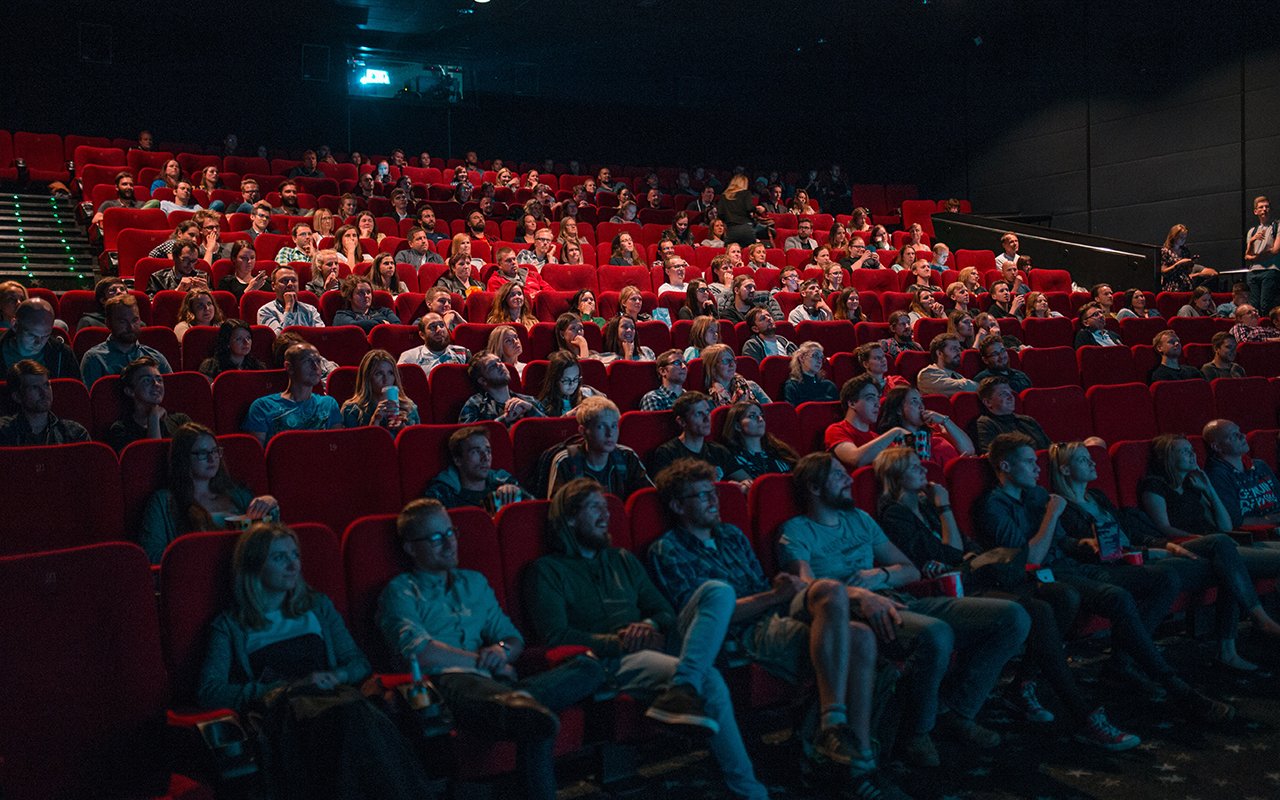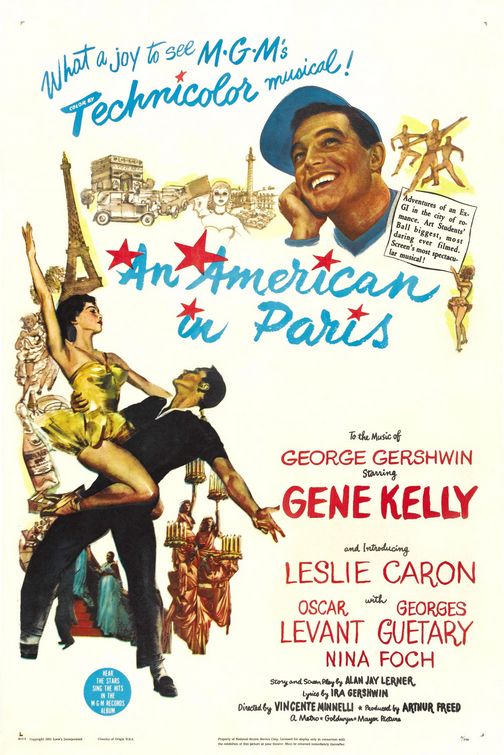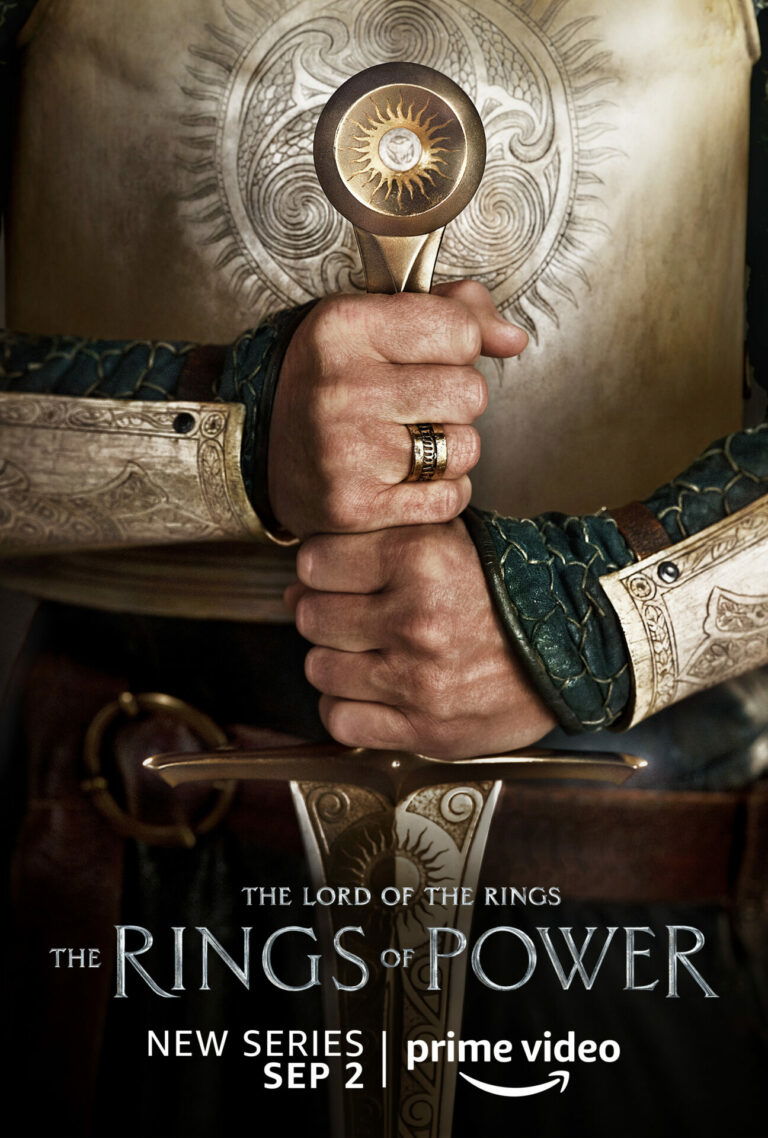
What Does Hollywood’s New Obsession With Cannibalism Mean for Mainstream Media?
By Movieguide® Staff
Hollywood has a new obsession; portraying cannibalism on-screen.
The most recent example is the horror romance, BONES AND ALL, starring A-list actors like Timothée Chalamet.
Other recent projects that include cannibalism are Netflix’s DAHMER – MONSTER: THE JEFFREY DAHMER STORY, and horror movies FRESH and RAW from earlier this year.
Cannibalism is no longer considered out of bounds by mainstream media and is even glorified and normalized in movies that are promoted and popularized online.
Much like Disney’s slow and steady acceptance of witchcraft into mainstream Children’s shows and toys, excessive violence is gaining a foothold on-screen.
Read More: Disney Villains Tarot Deck Proves That The Occult Is Becoming Mainstream
In a recent interview with The Hollywood Reporter, Long Island University emeritus professor of biology Bill Schutt, the author of Cannibalism: A Perfectly Natural History, noted: “We are really numb to violence on screen, especially when you can put a filter of fictionalization on it. Now you can have the blood and guts and gore that people get off on, but also have this idea of food. There may be another reason, but to me that’s the explanation for why this is so popular.”
“I think it started with Bonnie and Clyde, the movie in 1968, when you could splatter blood all over the place” he added. “We have become desensitized to extreme gore and violence. Also, there’s a built-in attraction when you hear the word. You have a knee-jerk reaction when I say the word ‘cannibalism.’ So whether you’re writing a news article or writing fiction, you’ve got a built-in hook.”
Read More: New Study Asks: Is There A Connection Between Media Violence and Dark Personality Traits?
Dr. Ted Baehr asked the important question, ‘Does the Entertainment Media Set the Moral Agenda for The Country?’ at his 1998 address at the 24th annual conference of the Association for Moral Education (AME ’98) at Dartmouth College:
Cognitive development is often directly impacted by the mass media, especially television. It is important to understand that cognition is not thinking; rather, thinking is part of cognition, and cognition itself is the process of knowing, which philosophers and theologians call epistemology. Cognitive development is similar to building a house step-by-step from a blueprint, or to adding colors to our mental palette, or to installing an operating system in a computer so that the computer can then do all the tasks, or thinking, that you direct it to do.
Each of these tasks must be done correctly and in the right order or the result will be a disaster. The human operating system develops over many years in a series of stages. Each stage has unique characteristics and each stage must develop properly.
Research has confirmed these stages and shown that younger children are less able to integrate pieces of information or narration together from stories and then to draw inferences from such information.[i]
Younger children react to direct violence but not to suspense. Children in the concrete stage of cognitive development are more upset by suspense than direct violence. Thus, little children will get bored by JAWS which is mostly suspense, while older children may be traumatized by it.
During the imagination stage, when children have trouble distinguishing between fact and fiction, children are uniquely susceptible to what they see on television and in movies.
Teenagers in the reflection stage of development often have difficulty thinking about the consequences of their actions and continue to be more vulnerable to the influence of movies and television programs than mature adults. In fact, research shows that teenagers are physiologically limited in their ability to focus on the consequences of their actions. Perhaps, this is why teenagers are willing to take great risks.
For instance, when the movie, THE PROGRAM was released, several teenagers mimicked the main characters by lying down in the middle of the road to prove their courage. Some of these teenagers were seriously injured and some were killed.
One national radio personality said that these teenagers were really stupid. However, one of the teenagers who died was at the top of his class. What the radio personality did not understand was that these teenagers were in a stage of development when they were the most impulsive and the least able to consider the consequences of their actions. Like most adults, the radio personality didn’t remember what it was like to be in a previous stage of cognitive development.
The borders between these stages depend on the child. Some children never mature beyond an early stage of cognitive development. These children and adults may be very smart in some ways while cognitively immature, like Raymond in RAINMAN. Furthermore, there may be incomplete development or advanced development. However the vast majority of children will fit within the norm.
Research shows that younger children in the imagination stage of cognitive development are frightened by different types of stimuli and events than are older elementary school children.[ii] Researchers Barbara J. Wilson, Daniel Lynn and Barbara Randall have examined the harmful effects of graphic horror on children and discovered some important distinctions:[iii]
Visual versus non-visual threat: The principle of perceptual dependence suggests that younger children are likely to be frightened by films with visually frightening creatures like witches and monsters. Older children will focus more on conceptual qualities, such as the motives of a character,[iv] and are likely to be more upset by an evil, normal-looking character or by an unseen threat than by a benign but grotesque character. Therefore, THE WIZARD OF OZ is more frightening for younger children than for older children; while older children are more frightened by movies such as POLTERGEIST and JAWS, which rely more on non-visual threats
Reality versus fantasy: Younger children are unable to fully distinguish between reality and fantasy.[v] Although the terms “real” and “make-believe” may be used in conversation, younger children do not understand the implications of these terms. The notion that a character or an event is “not real” has little impact on a younger child’s emotions. Therefore, fantasy offerings involving events that could not possibly happen are more frightening to younger children, whereas fictional programs involving events that could happen were more frightening to older children.[vi]
Abstract versus concrete events: A concrete threat is explicit and tangible. For example, an evil character might attack a victim. In contrast, abstract threats must be inferred from information in the plot. Examples might include movies about evil conspiracies, or disasters such as poisonous gases. Younger children have difficulty drawing inferences from entertainment and are more likely to focus on explicit rather than implicit cues in the plot,[vii] and so they will be more frightened by a movie depicting a concrete threat than one involving an intangible or obscure hazard.
Threat versus victim focus: Also, cognitive stages are distinguished by the degree to which the scenes concentrate on the actual threat versus the victim’s emotional reactions to the threat. Movies that require viewer involvement and focus primarily on the victims’ emotional reactions are less upsetting for younger than for older children. JAWS is a good example because the viewer often sees only the upper bodies of the victims as they are attacked by the unseen sharks.
Children experience fear reactions to horror entertainment, and exposure to large amounts of violence can produce either desensitization or imitation. Since all human beings want to cope with the problems they face, the child may try to immerse himself in the problem (horror movie, violence, or whatever) so he can come up with a solution. This immersion in unpleasant media is a form of cognitive dissonance reduction.
Questions or comments? Please write to us here.


 - Content:
- Content: 

 – Content:
– Content: 